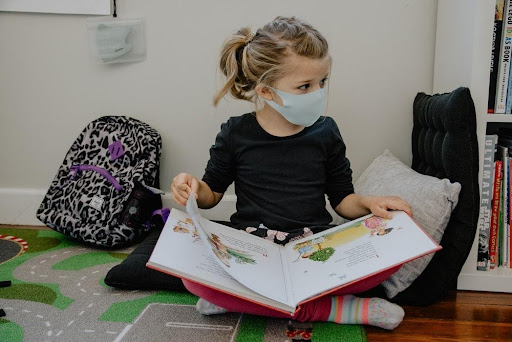Sight Words in Kindergarten
Introduction:
Sight words, also known as high-frequency words, play an essential role in helping children learn to read. These words are frequently used in the English language and cannot be sounded out using phonics rules. Therefore, it is crucial for children to memorize them to become fluent readers.
Why are Sight Words Important?
Sight words are critical for early reading success as they make up a significant portion of written language. The ability to quickly recognize sight words helps children read fluently and with ease, improving their overall reading comprehension. Furthermore, mastering sight words increases a child's confidence and independence when reading, allowing them to focus on understanding the story's meaning rather than decoding words.
Building Sight Word Vocabulary:
There are several ways to help children build their sight word vocabulary. Incorporating daily sight word practice into your child's routine, using flashcards, and playing games that reinforce sight words are some ways to make the learning process fun and enjoyable. Additionally, reading books that incorporate sight words can also help children understand their importance in the context of reading.
Practice Ideas:
-Make flashcards with sight words and have your child practice reading them daily.
-Play games like Bingo or Go Fish with sight word cards.
-Incorporate sight words into daily activities, such as writing a sight word shopping list or making a sign with sight words.
-Have your child write sight words in different colors or use letter stamps.
-Incorporate sight words into songs and rhymes.
Games and Activities:
-Sight Word Scavenger Hunt: Hide sight word cards around the house and have your child search for them.
-Sight Word Match: Write sight words on index cards, mix them up, and have your child match them to their corresponding word on a list.
-Sight Word BINGO: Create BINGO cards using sight words and play a traditional game of BINGO with your child.
-Sight Word Tic Tac Toe: Write sight words on index cards, draw a tic-tac-toe grid, and have your child place their X or O on the card with the sight word they can read.
Conclusion:
Sight words are an essential component of a child's reading development, and it's crucial for parents and teachers to help children master them. Incorporating daily sight word practice, playing games, and reading books that include sight words are some ways to make the learning process fun and enjoyable. By building a strong sight word vocabulary, children can become confident and independent readers, setting them up for future success in their education.
Start Teaching Reading for Free Now!
Access Level 1’s four interactive stories and the accompanying supplemental resources to teach elementary students how to read. No credit card is needed. Join the 42,635 teachers and students using our reading program.

